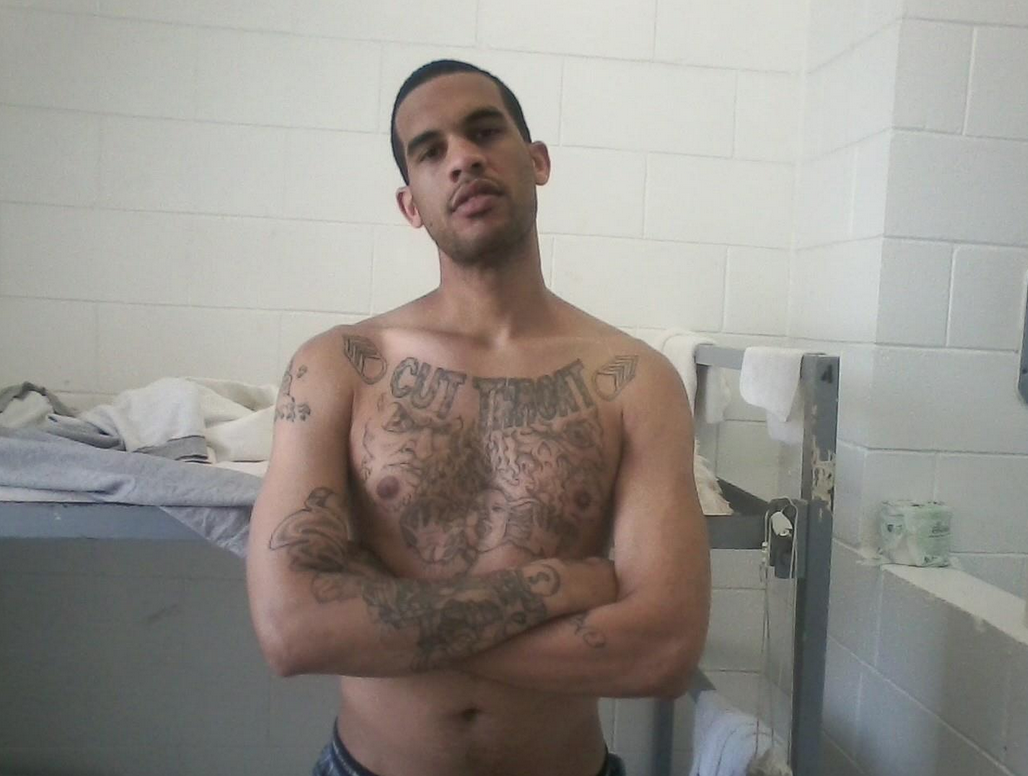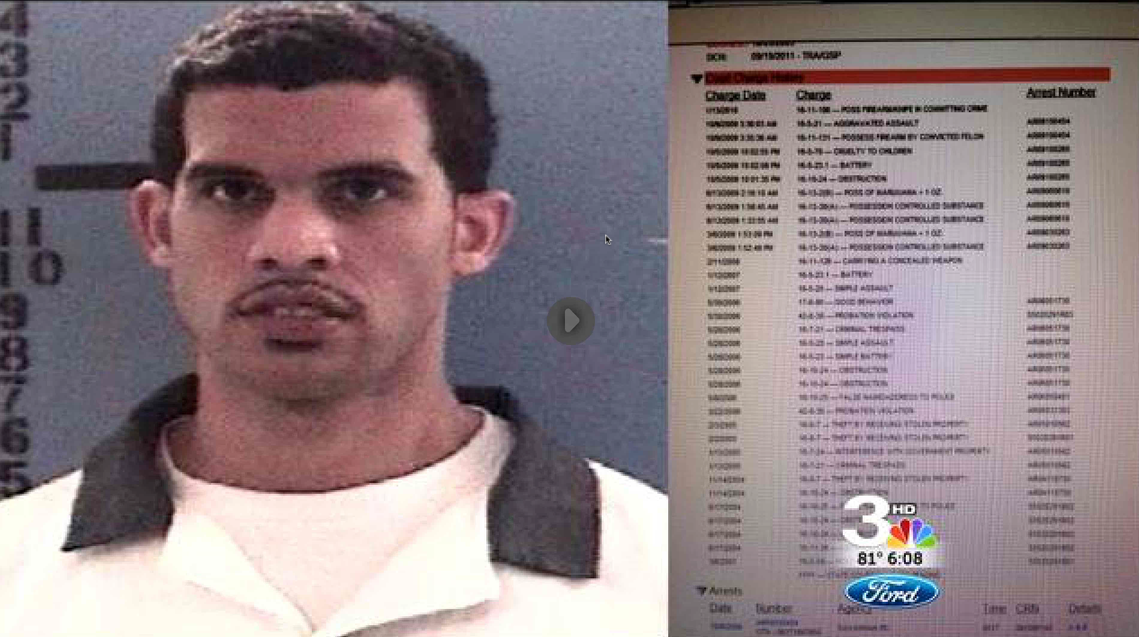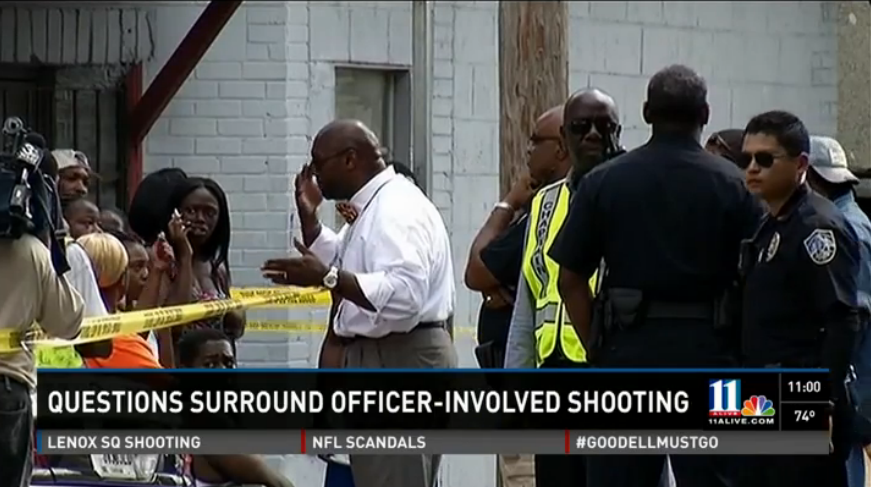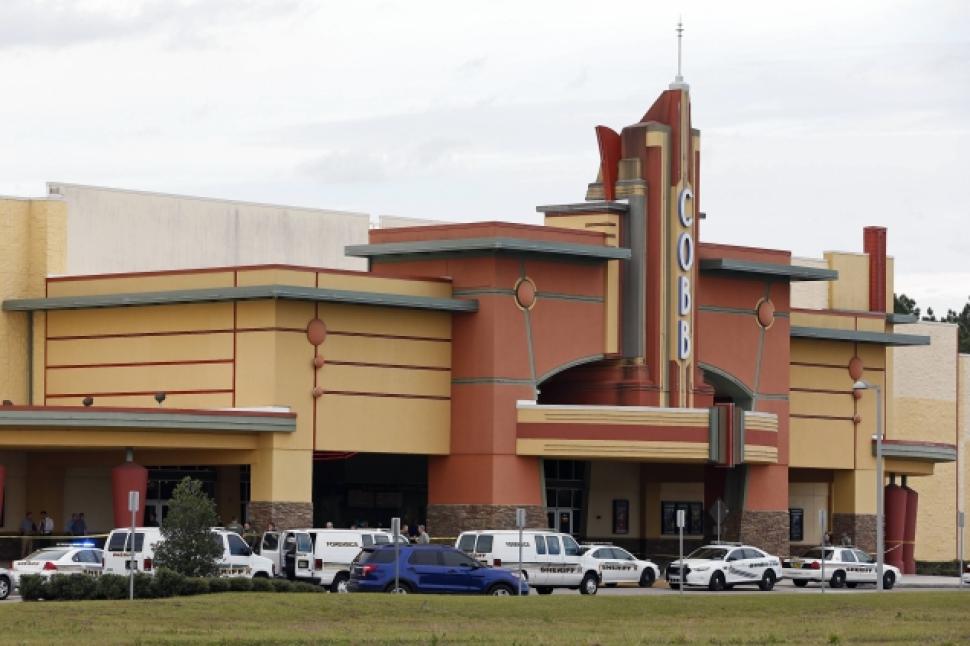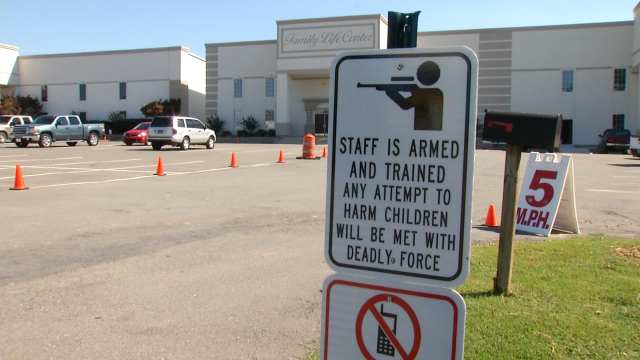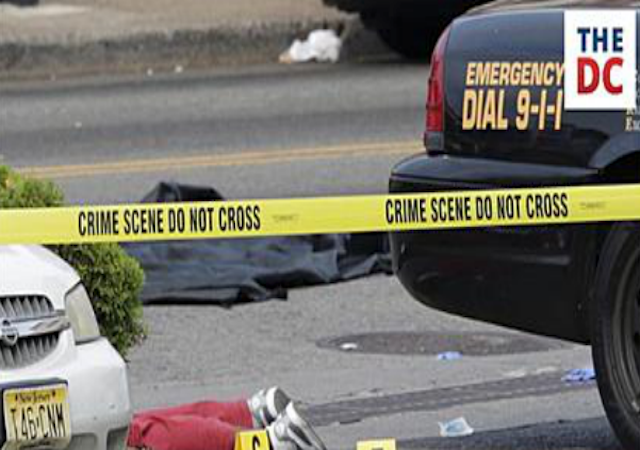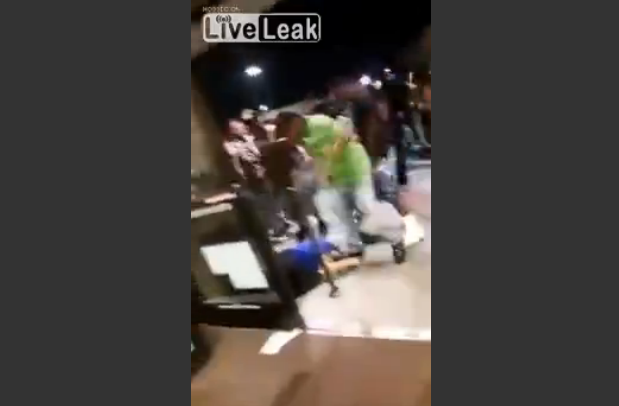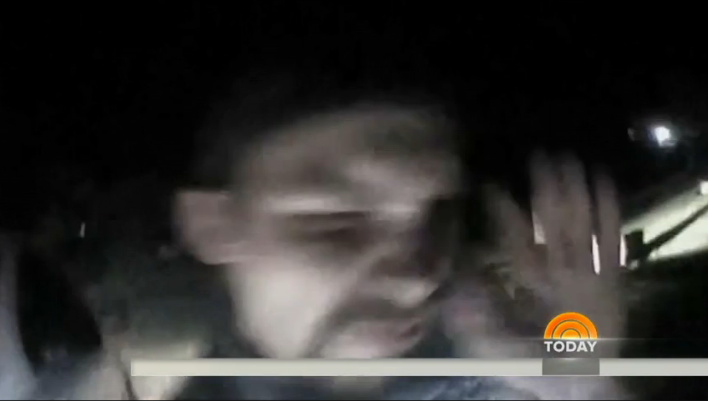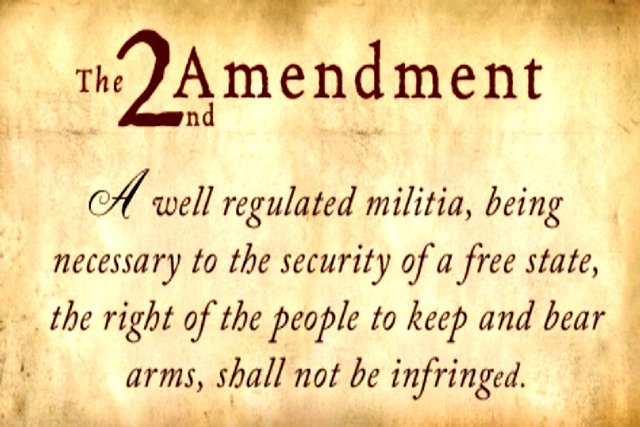It's become so commonplace for "journalists" to be blind to obvious cause-and-effect relationships that fall outside the acceptable Progressive narrative that James Taranto of the Wall Street Journal has long used the tag-line "Fox Butterfield, Is That You?" as he notes these occurrences in his daily (and excellent) "
Best of the Web" blog posts.
Perhaps the quintessential such observation is "Prison populations continue to increase, even as crime rates decline," the implication being that this represents some kind of counter-intuitive conundrum along the lines of: how can we be locking up more criminals if there are fewer criminals to lock up?
It takes an exceptional type of intellectual obtuseness not to recognize the distinct possibility that these two events may be not only correlated but causative--put more criminals in jail, and there are fewer criminals on the street to commit crime.
Self-defense killings rise in New Orleans even as murders fall
Although always humorous, one such observation he noted yesterday particularly caught my eye as it touched upon a subject near and dear to my heart, the use of force in lawful self-defense. Specifically, the New Orleans newspaper Times-Picayune ran a story entitled "
Self-defense killings rise in New Orleans even as murders fall."
It is axiomatic that if you raise the price of something, you get less of it. In New Orleans it has become increasingly likely that the price for attempting to unlawfully use deadly force against another person is the lose of the aggressor's own life--a higher cost is hard to imagine.
It only makes common sense, then, that higher levels of self-defense, particularly self-defense that results in the death of the attacker, would be accompanied by a decreased incidence of unlawful killings. For one thing, a deadly force attacker has been killed, thus substantially limiting his ability to contribute to the murder rate in the future. Second, other criminals wishing to stay alive begin to re-direct their criminal activities away from those that might involve themselves being killed.
These observations are, of course, nothing new. Dr. John Lott wrote a seminal text--
"More Guns, Less Crime"--on this topic as long ago as 1998 (coincidentally, the same year I published the first edition of
"The Law of Self Defense.") Just a few weeks ago his
Crime Prevention Research Center published the most recent of many such reports noting that on a national level between 1999 and 2013 (a 14-year period) murder rates have declined even as the percentage of adult Americans permitted to carry concealed handguns has sky rocketed. (The entirety of this report is embedded at the bottom of this post.)


